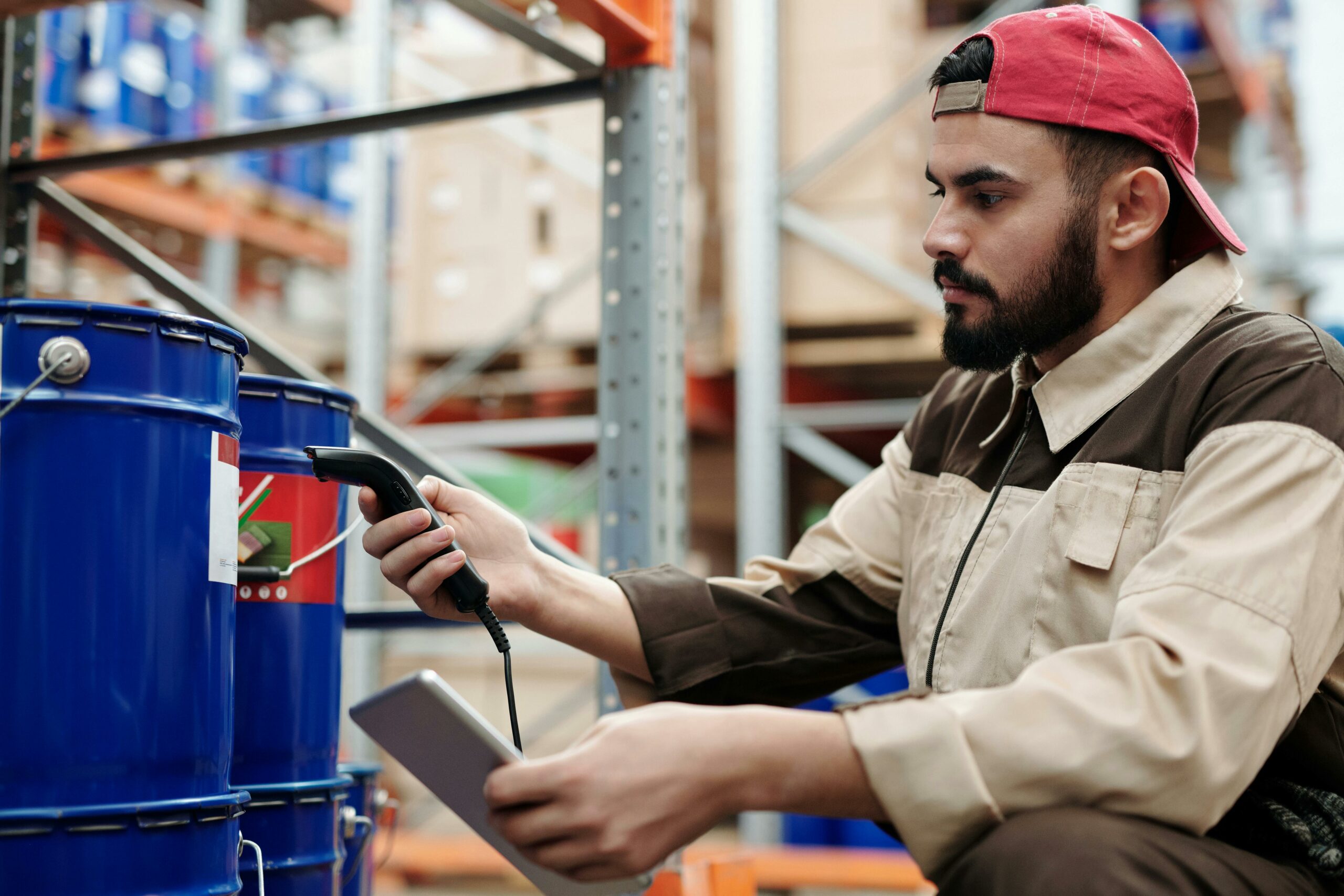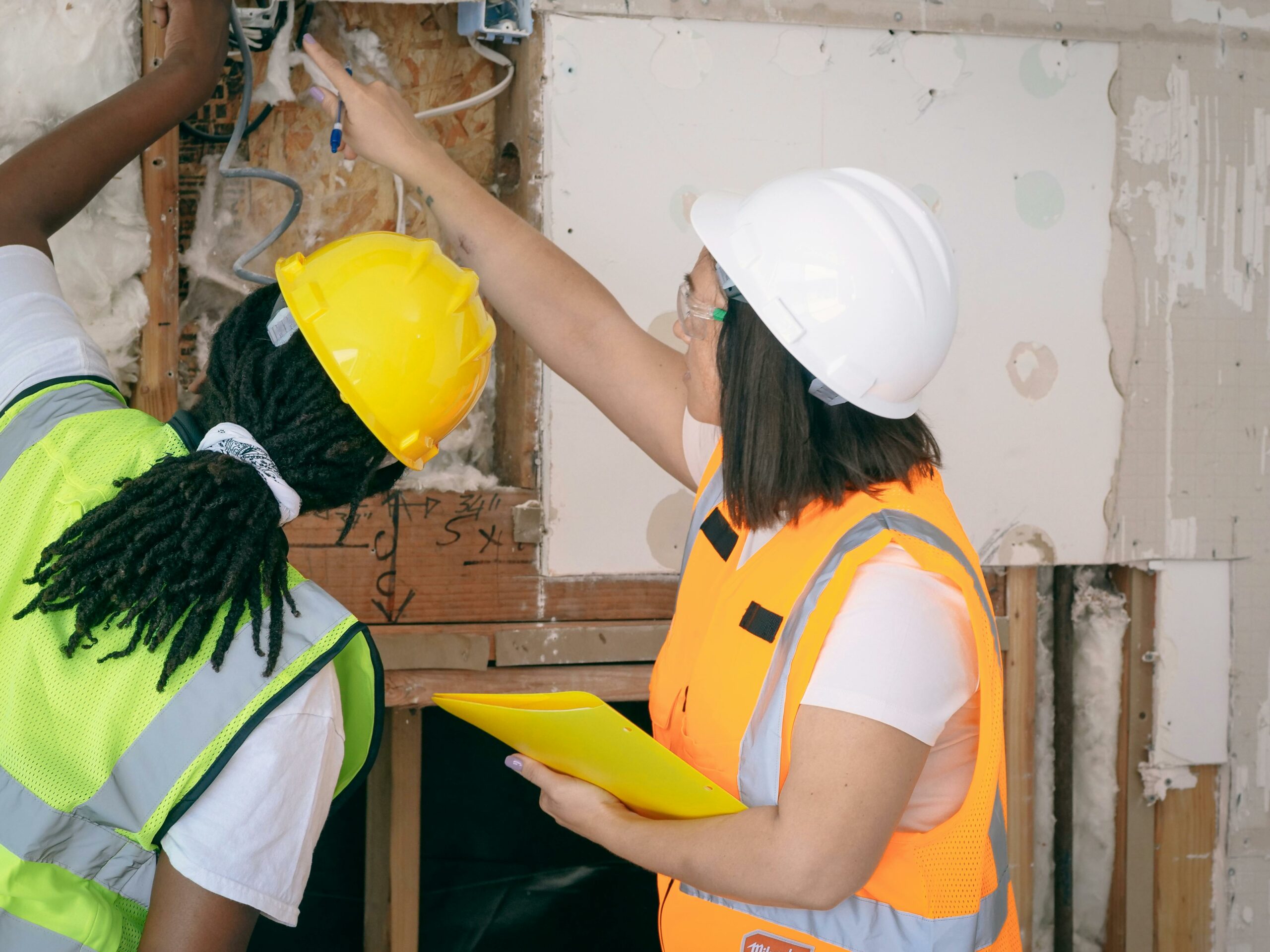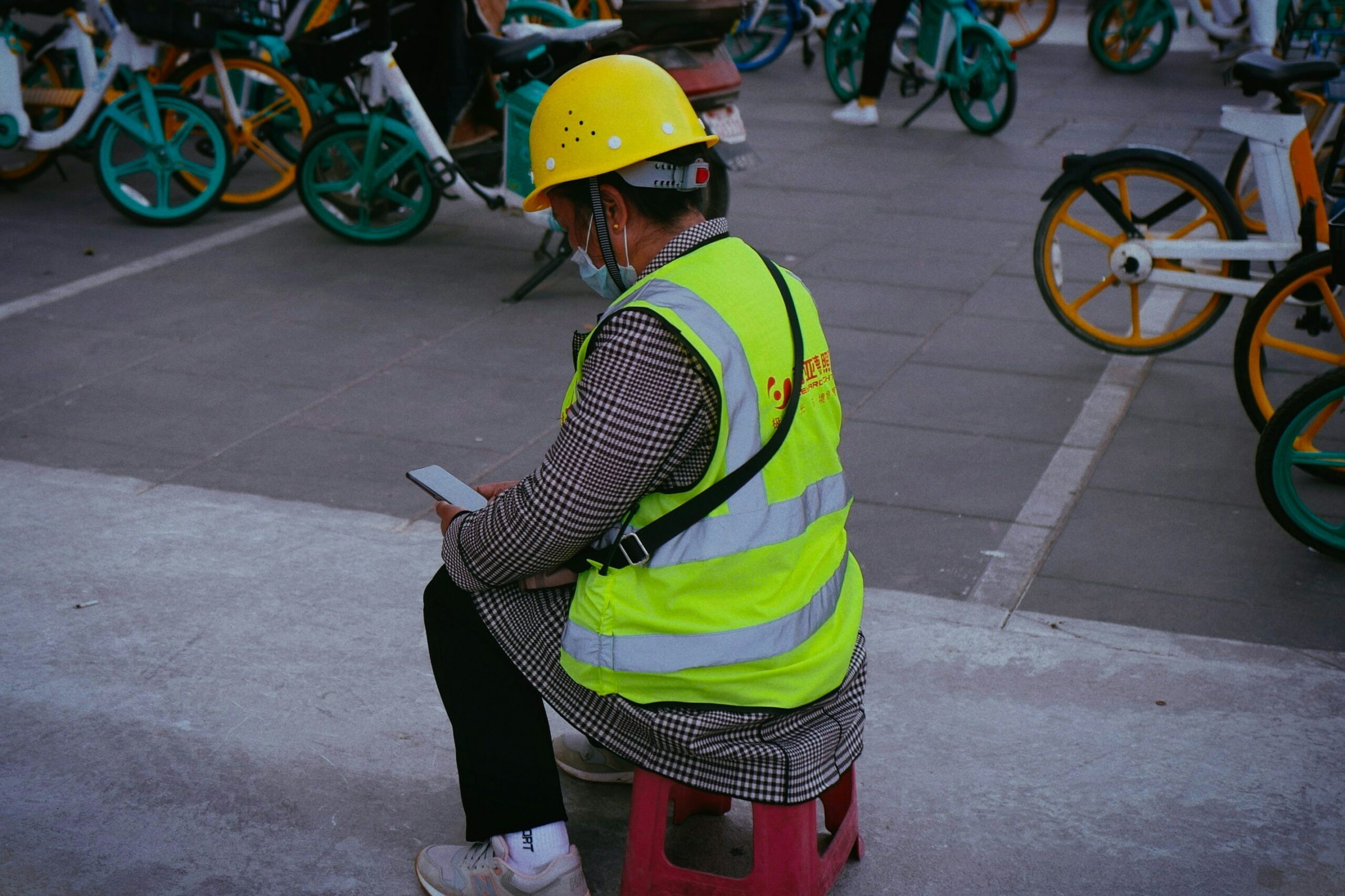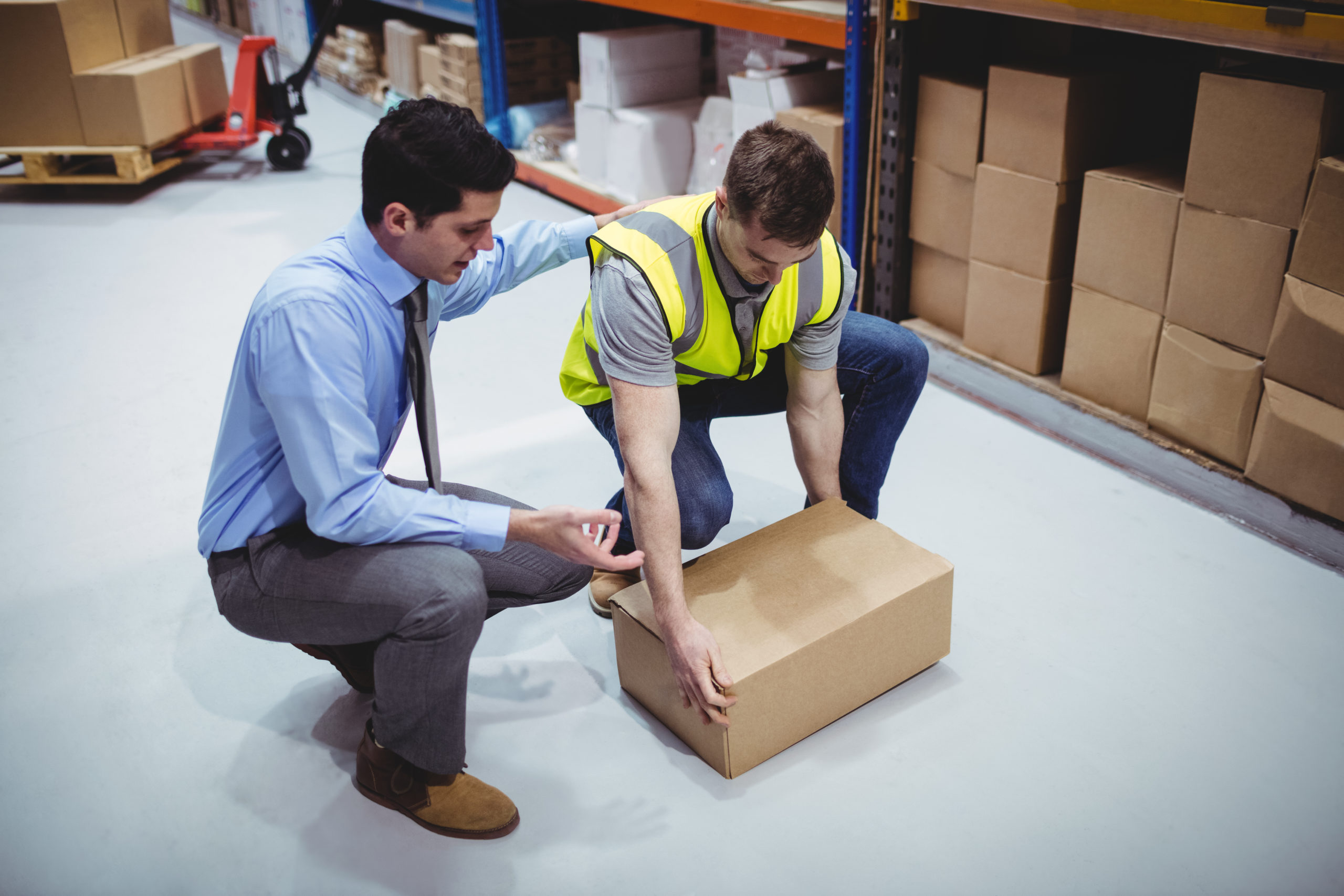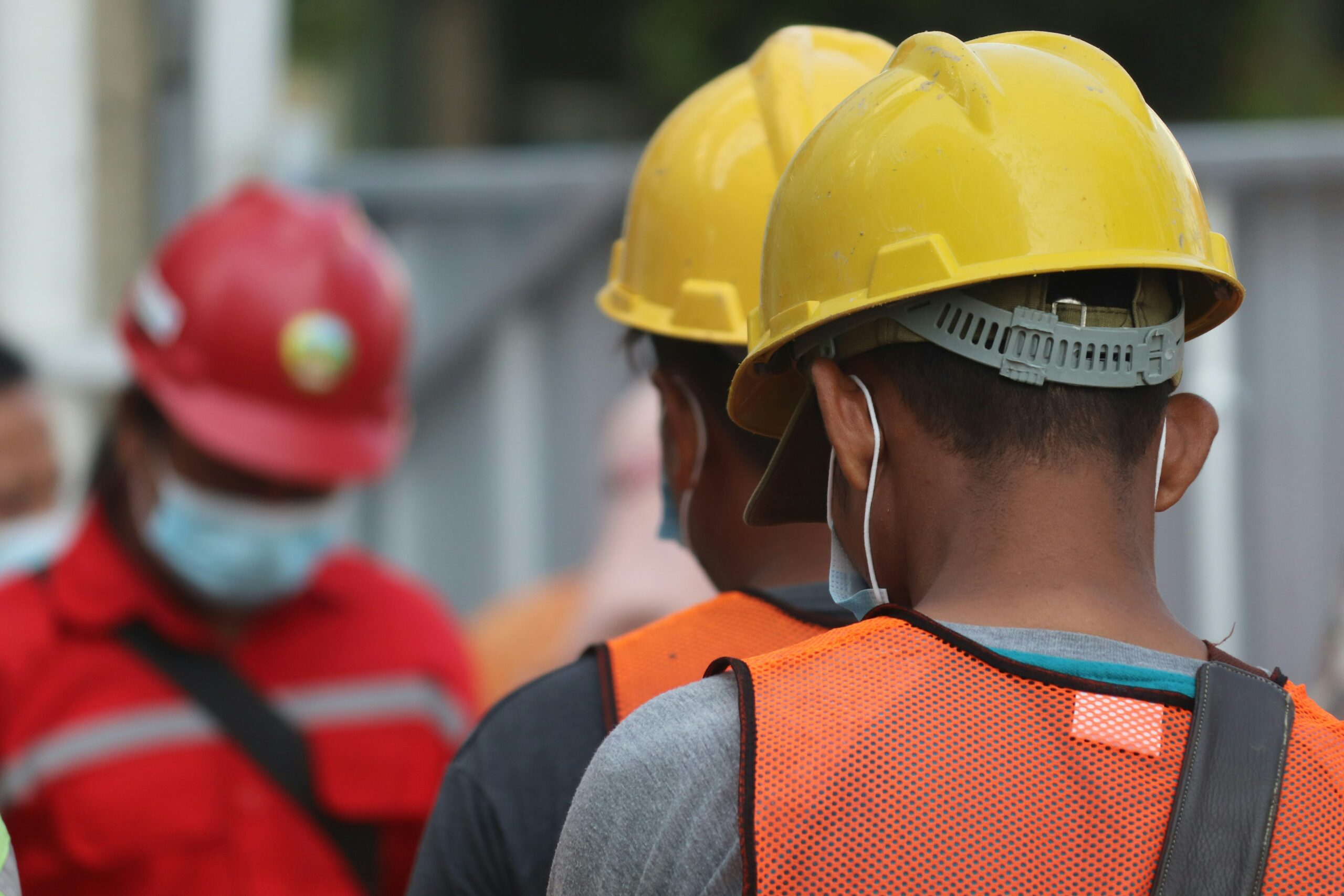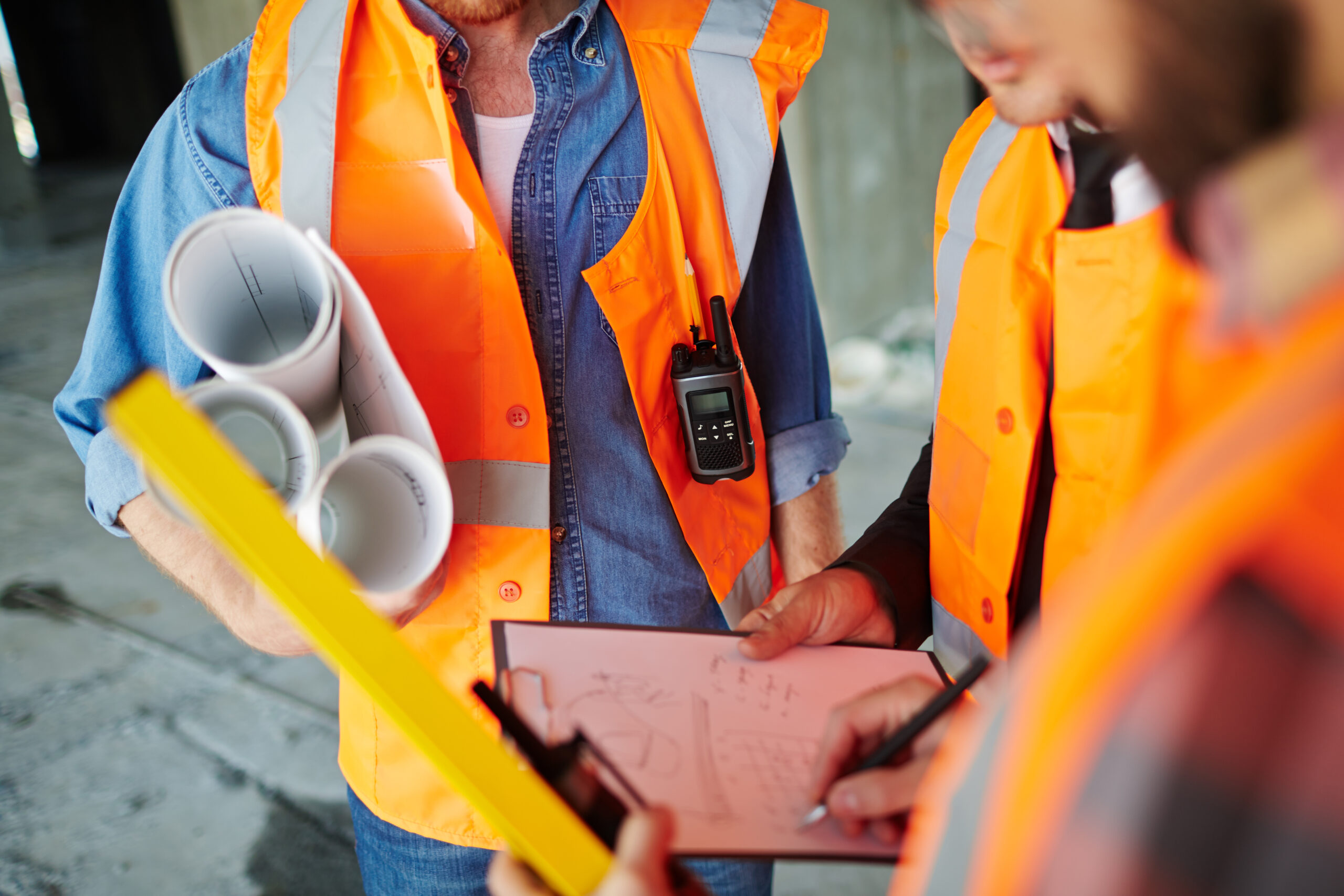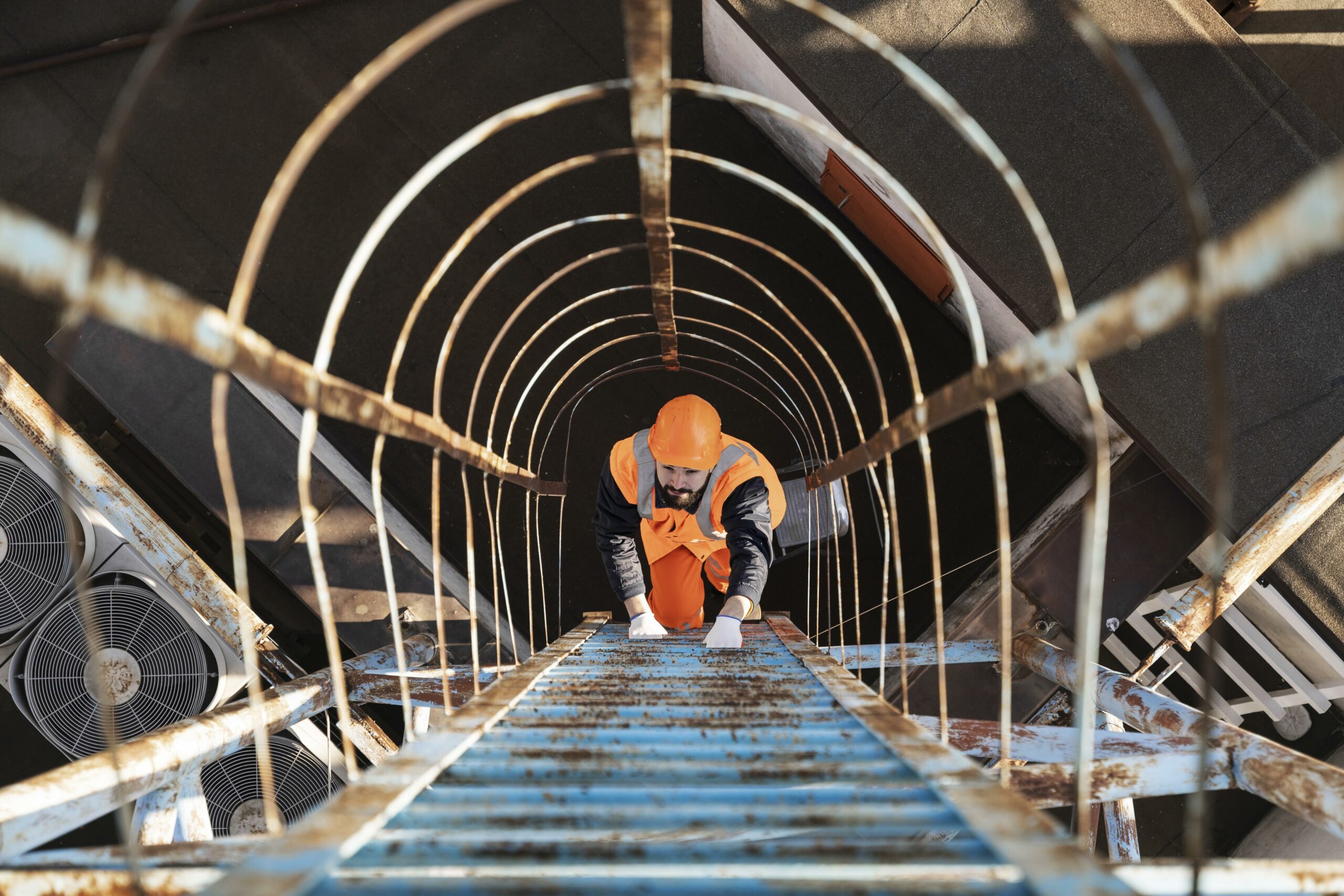AI in Safety 2025
AI in Safety: Real Progress, Not Just Hype In today's fast-moving digital world, it's easy to get caught up in the buzz around artificial intelligence (AI). From boardrooms to job sites, AI promises to "transform business" and "revolutionize safety." But what's actually happening on the ground? For staff, contractors, and management teams, the real question is: how can AI support safety in meaningful, practical ways---right now? Let's explore what's working, where AI still falls short, and…
Multilingual Health and Safety
Bridging Borders: Why Multilingual Health and Safety Training is Non-Negotiable for Today's Contractor Companies In an increasingly globalized world, contractor companies and HR professionals face a unique challenge: ensuring every member of their diverse, multinational workforce is equipped with critical health and safety knowledge. This isn't just about compliance; it's about fostering a safety-first culture that protects lives and boosts your brand's reputation. For companies with staff from various linguistic backgrounds, generic training simply doesn't…
Health & Safety Matters
Why Health & Safety Matters in Irish Workplaces Health and safety isn’t just about compliance—it’s fundamental to building a productive, trustworthy, and resilient business. From frontline workers to senior management, everyone in your organisation benefits when safety is prioritised. Legal & Ethical Responsibility Under the Safety, Health and Welfare at Work Act 2005, every employer in Ireland must: - Identify and manage workplace hazards - Maintain an up-to-date Safety Statement - Provide appropriate PPE at…
Guide to Health and Safety
Your Comprehensive Guide to Health and Safety Compliance for Irish Businesses For Irish businesses, ensuring health and safety compliance isn't just a legal requirement—it’s a strategic investment in people, reputation, and success. Whether you're managing a small office, supervising contractors, or leading an organisation, understanding and meeting your responsibilities is critical. Legal Obligations Under Irish Law The Safety, Health and Welfare at Work Act 2005 requires all employers to: - Maintain an up-to-date written Safety…
HSA Inspections Ireland 2025
HSA Ramps Up Workplace Inspections in 2025 - Are You Prepared? The Health and Safety Authority (HSA) in Ireland has significantly increased workplace inspections for 2025, raising the number from 10,000 to 11,000—a 10% surge compared to last year. This ramp-up comes amid a spike in workplace accidents and fatalities, especially in high-risk sectors like construction, manufacturing, and waste management. For contractor companies and HR professionals, this means one thing: the time to prepare is…
First Responder Training
First Responder Training: Your Legal Duty & Competitive Advantage Correctly trained first responders aren’t just valuable—they’re a legal requirement. Under the Safety, Health and Welfare at Work (General Application) Regulations 2007 (S.I. No. 299/2007), employers must assess their workplace and provide trained occupational first-aiders based on employee numbers and risk levels. Failing to comply puts your company at risk—through inspector fines, reputational damage, and, most importantly, endangering lives. To learn more, explore HSA’s official “Guidelines”.…
Onboarding Induction Training Process
Onboarding Made Easy: How the EazySAFE Platform Streamlines New Employee Training Did you know companies with strong onboarding induction training processes improve new hire retention by 82% and productivity by over 70%? Despite these benefits, many organizations still rely on manual, fragmented onboarding approaches—especially when it comes to safety and compliance training. That’s where EazySAFE stands out. Why Onboarding Is a Business Priority First impressions matter. The onboarding induction training process is more than handing out…
Effective EHS Training
Effective Safety Communication: Building a Safety-First Culture Creating a safety-first culture hinges on clear, consistent, and engaging communication. However, without effective delivery, safety messages won’t resonate or drive lasting change. Whether your team is in an office, on a construction site, or working remotely, these strategies will help you communicate safety more effectively—not only reducing risks but also fostering awareness and embedding safe behaviours. Ultimately, discover how to transform safety communication from a checklist item…
Safety Training Effectiveness
How to Ensure Safety Training Effectiveness in Your Workplace Delivering safety training is only half the job. The other half — often overlooked — is making sure it actually works. In a world where compliance isn’t enough and real outcomes matter, evaluating the safety training effectiveness of your program is essential. Whether your team is in an office, warehouse, or out on the road, safety training should do more than tick a regulatory box. It…
Working at Height – A Guide
Working at Height in Ireland Safety & Compliance Guide Falls from height remain one of the leading causes of workplace fatalities and serious injuries in Ireland, accounting for 28% of deaths in the construction sector alone (HSA, 2023). These incidents are often sudden, severe, and entirely preventable. Whether you're working in construction, maintenance, warehousing, or any other environment where working at height is required, the risks are real and ever-present. Compliance with Irish health and…



